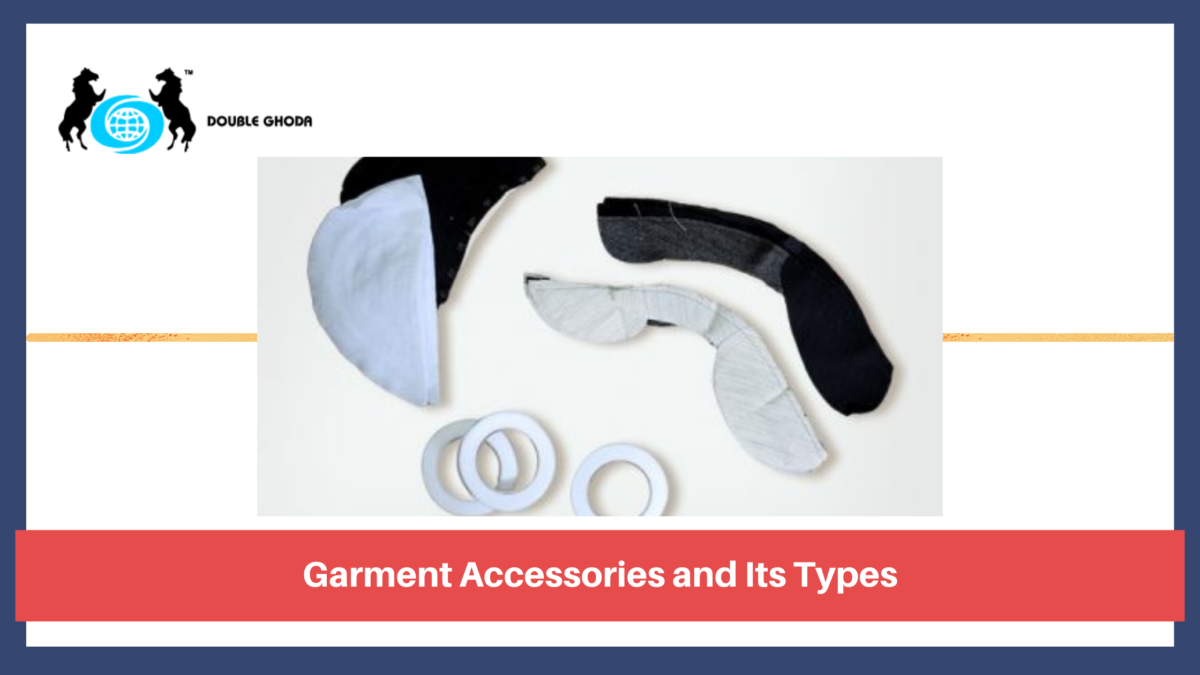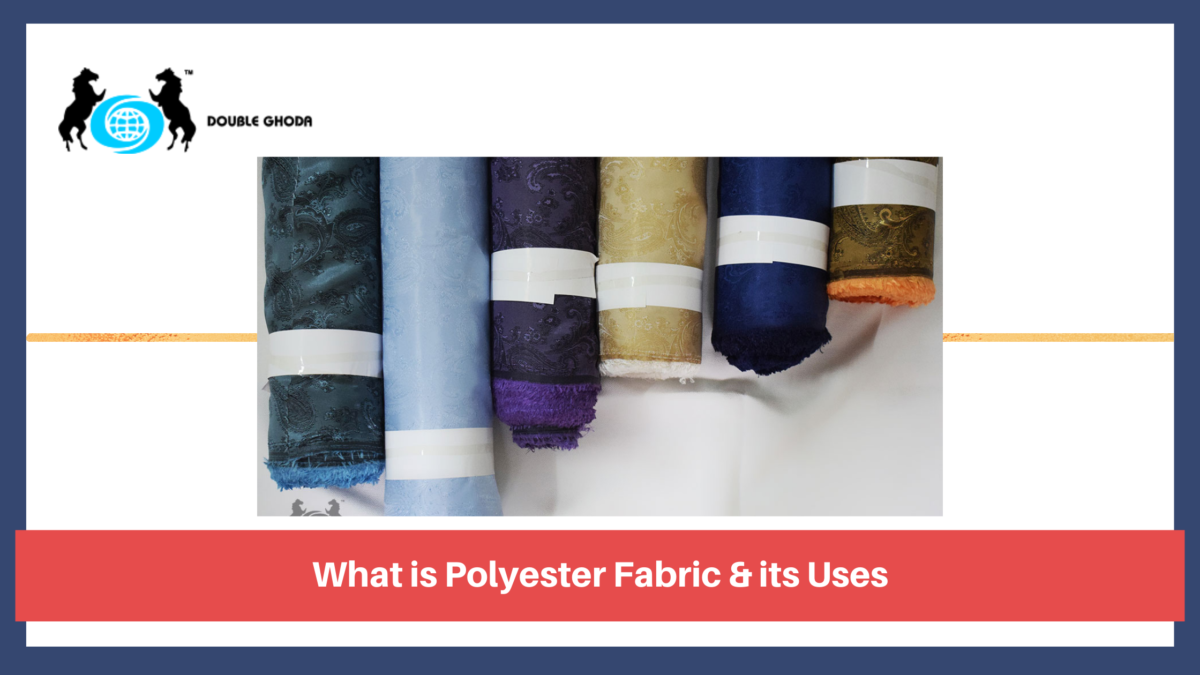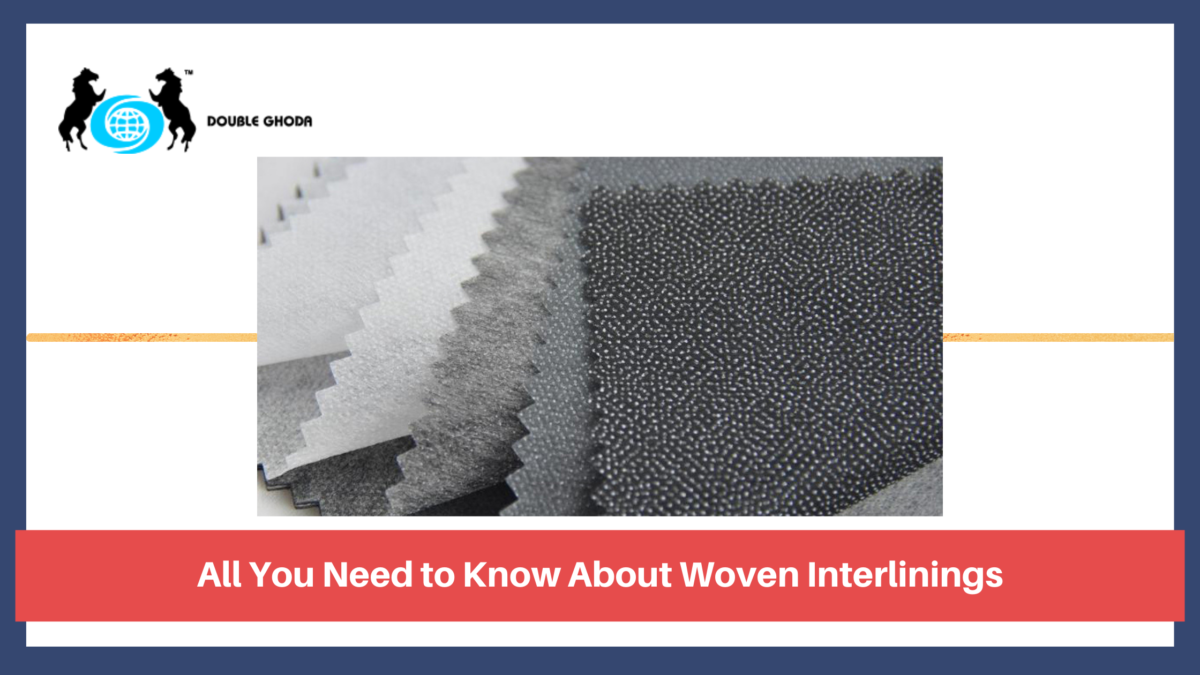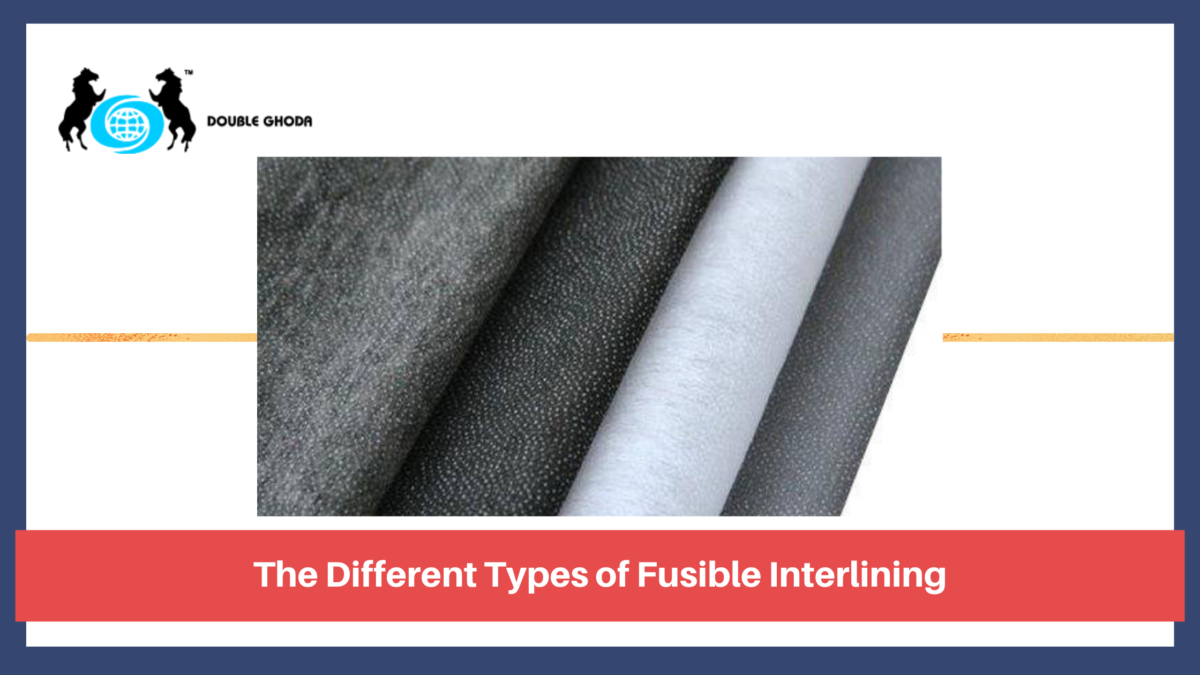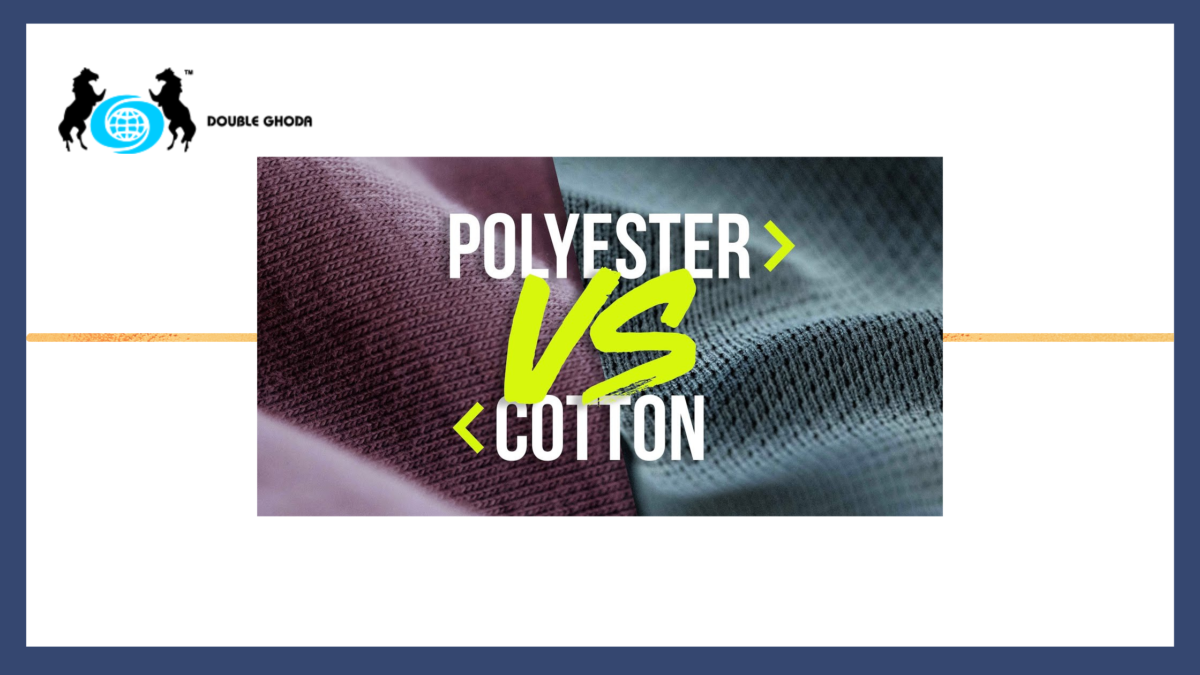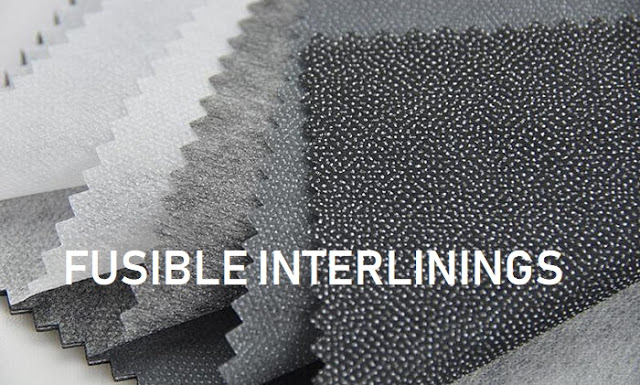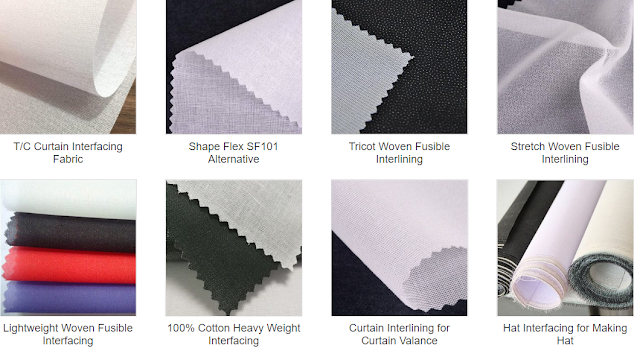What is Fusible Interlining
Fusible interlining is used in a lot of garments as well as other textiles like curtains…“a base fabric coated on one side with a thermoplastic adhesive resin which can be bonded to another fabric by the controlled application of heat and pressure.
Garment Accessories and Its Types
The fabric is the most important component of garments which makes the garment more attractive and other supporting materials are used along with the fabric. These materials are known as garment accessories which serve the basic functions of decorative ideas. Button, Zipper, Thread, Label, etc. are some main garments accessories.
Types of Garments Accessories
1. Basic accessories
Basic accessories are the fundamental accessories of a garment. Some of them are listed below,
The function of basic accessories is given below.
Thread
The thread is a long, thin strand of cotton, nylon, silk, or other fibers used for patching purposes. Thread is the main accessory of garments. Most of the time the metallic coating thread is used for decorative purposes.
Zipper
The zipper is a binding device that is used to bind two edges of the fabric and other flexible materials. Its main function is to bind two edges as it could be easily opened. There are different types of the zipper. Some of them are given below-
- Metallic zipper
- Coil zipper
- Invisible zipper
- Plastic molded zipper
- Open-ended zipper
- Close-ended zipper
- Magnetic zipper
Button
A button can be made of plastic, metal, wood, glass, and sometimes from the animal bone, shell, ivory, etc. There are different types of buttons. Those are,
- Shank button
- Flat button
- Snap button
- Stud(jeans) button
- Lapel button
Flat buttons are most commonly used.
Label
The label can be made of paper, plastic film, fabric, or some similar items as such. It can also be attached, printed, embossed on the garments. There are two types of labels used,
- Main label
- Sub-label
The main label contains the Brand name, brand logo, etc.
Sub-label is divided into different categories-
- Care label
- Size label
- Price label
- Composition label
- Special label
- Flag label
Lining
The lining is the piece of fabric that is inserted in the inner layer of garments.
It helps to extend the useful life of garments by reducing wearing and tearing strain.
Interlining
Interlining is used between two layers of fabric to give more support. The function of interlining is to hold up and keep the original shape. There are two types of interlining
- Fusible interlining
- Non-fusible interlining
Elastic
Elastic is a narrow fabric-covered strand that can stretch due to its composition. Rubber or spandex cores are covered in a fabric such as polyester, nylon, or cotton and then woven, knitted, or braided to create the elastic. There are several types of elastic-
- Braided elastic
- Knitted elastic
- Fold-over elastic
- Lingerie elastic
Braided elastic is commonly used.
Cord
The cord is a narrow, adjustable material normally made of twisted strands or fabrics. It is generally used to bind, tie, connect and support.
Ribbon
The ribbon is a light material, usually made of material but also plastic or sometimes metal. There are different types of ribbons. such as
Rivet
A rivet is a mechanical bond. The heads are made in such a form that they can be inserted into a hole. It is generally made of metal.
Collarbone
The collarbone is a thin, plastic-made accessory that is inserted into the collar point for keeping the original shape.
2. Decorative accessories
This type of accessory is focused more n appearance and to make the garment more attractive. Here is the list of decorative accessories below,
- Piping
- Buttonhole tape
- Ribbed tape
- Seaming tape
- Moiré ribbon
- Welt tape
- Stamped tape
- Bias binding
- Pompom
- Soutache
- Tassel
- Fringe
- Taffeta ribbon
- Galloon
- Rosette
- Finishing Accessories
Finishing Accessories are largely non-fabric elements and generally, they don’t belong to garments when it is used. Here is the list of Finishing Accessories given below,
- Hanger
- Hand tag
- Polybag
- Size tag
- Tissue paper
- Sticker
- Plastic clip
- Scotch tape
- Safety pin
- Butterfly
- Backboard
- Safety sticker
- Brass Pin
- Neck board
- Carton
Post Credit – https://engineeringtextile.com/garment/accessories/162-garments-accessories
